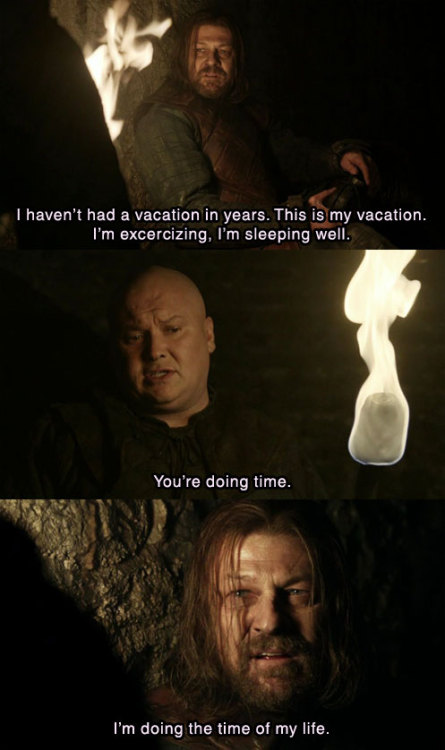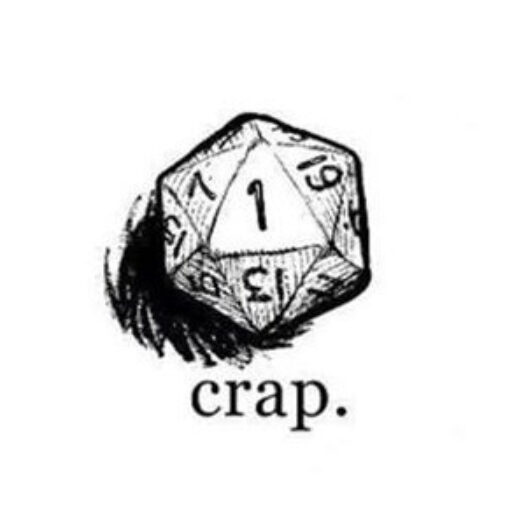Did you know our site has been getting spammed by fake handbag vendors? True. This blog needs grittyin’ up. Maybe some posts about our favourite types of axes or something.

Perhaps a brief summary of my thoughts on the Game of Thrones boardgame (2nd Edition) will do it. Although, to be fair, the rubber never really hit the road in terms of wholesale slaughter there. If you haven’t read any of the books, well, you should: although I stopped after the third because I’ve seen the state of the author and I’m not sure he’ll make it to the end of the story.
The 2nd edition is an improved version of the original, plus it includes most of the bits from the 1st edition expansions, which were, by their names, evidently intended to reflect the increasingly complex situations described in the books. So with 2nd edition, you’re getting a better version of the original and the important bits from two $40 expansions. So that’s good value.
The game is remarkable because there doesn’t appear to be much randomness at the player level. Other than your starting House, the game is applied to every player in the same way. There’ll be rounds when no player can place certain tokens, but these apply equally and their impact would only be felt based on what plans you were using. So, no dice rolling or nothing.
Apparently there is a deck called the Tide of Battle Cards, that provide an unpredictable bonus/penalty during combats. We didn’t use this. Maybe it was lost. We didn’t really get too much into combat anyway. We did the slow build up to get to the point of actually killing each other, without any bloodshed.
The game board and all the art is nice and appropriate, but they made the text on the map really small and unidirectional, which makes finding provinces kind of difficult unless you are a big fan of the books.

The game plays, pretty much like this:
Everyone places a face down action token in each province they control. Once everyone is done, all tokens are revealed. Player actions are taken by category in order of how close the player is to the Iron Throne. So all raids happen first, which is a cheap way to disrupt enemy support/consolidation/raiding without sending an army in and killing everyone there.
Next attack moves are resolved, with counters from that province moving into another and maybe killing people when they get there. Lastly, you can Consolidate, which just means spending time gathering power tokens or more men.
The fourth and fifth tokens are passive: defending, which gives a bonus to defending the province from attack; or support, which allows that province to help out in combats in neighbouring provinces.
That part is actually dead easy. The only part that ever gets tricky is the combat, but since it is free of any rolling, it should be easy to figure out. You pit your army size, plus and bonus from attacking/supporting tokens against the army size of the defender, plus any bonus from defending/supporting tokens. You can also play one-off cards from your house hand, meaning that if your Lannister attack on the Stark army wasn’t going too well, you could play Gregor Clegane to swing the balance a bit. Similarly, House Stark can play cards too. Quite what the rules were for card escalation were, I’m not sure.
Where the game gets very interesting, however, is in the use of the power tokens. You start off with some, but must otherwise glean them from select politically important provinces. You use these to bid in three auctions that are held – not every turn, but based on random event cards. They are fairly frequent, however.
The first auction is for the Iron Throne. Your place in relation to the Iron Throne determines the order in which Raid/Attack/Consolidate actions are undertaken. The benefit of getting to sit in the throne is that you get to go first, obviously, but that you also get to decide any ties. THIS IS AWESOME. Two people bid 3 in the Fiefdom auction? You get to say who wins.
The second auction is Fiefdoms. The Fiefdom track is a measure of how tough your mans are and so it affects combat against those higher/lower on the track than you. the benefit of being tippy-top of hard-men is that you get a cardboard sword. Presumably there is some kind of purpose to this, but I can’t tell what it was yet.
The third auction is Kings Court. Ranking highly in the Kings Court allows you to place the best of the action tokens, more lowly courtiers don’t get to place them. Top dog at court gets a cardboard Raven, which permits them to change one of their action tokens, after they have been revealed.
We didn’t get a thorough playing of it, but I’d like to give it a go. I think once you’d played it once, you could whip through the game to the last four turns which are likely to be bloodbaths. I’m surprised that it got a good, but not stellar rating on boardgame geek – they’re usually a good indicator of a game’s worth though.
Of course that’d require you or some other dodecaheathen to buy it, since it cost more money than I’m going to spend on Boardgames until I get my money’s worth out of the ones I have.






I’m supportive of this review. It’s funny how the randomness of the bids and the positioning on the scoring tracks makes even those first few relatively conflict-free turns into a pretty engaging period of seeing where the other players are putting their priorities.
I was really impressed with how simple the mechanics were. I was playing it while drunkenly playing with a baby the whole time, and I don’t feel like I missed out on much or slowed it down anymore than anybody’s wife did.
I’m putting this one on my long list of Fantasy Flight games I want to own a copy of, but it’s going up near the top of the to-buy list because it’s definitely a steal at $60. It looks like it’s got some good replayability for a game that has a static setup and only a couple of options for players at the beginning. I keep likening it to Britannia when I explain it to people and I think that’s why.